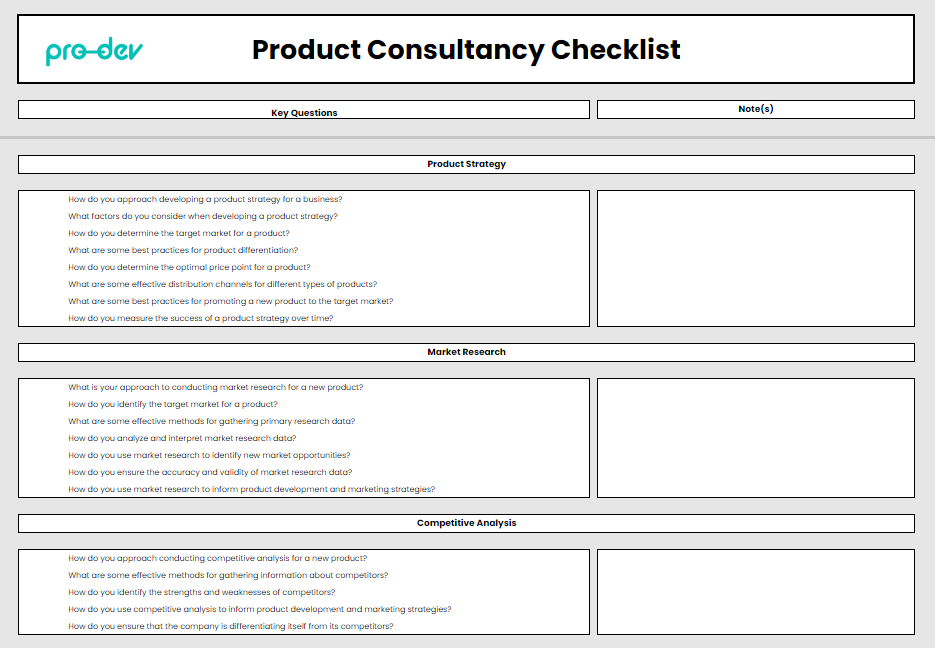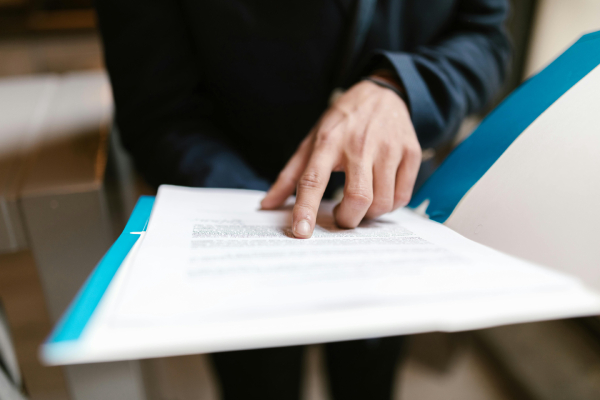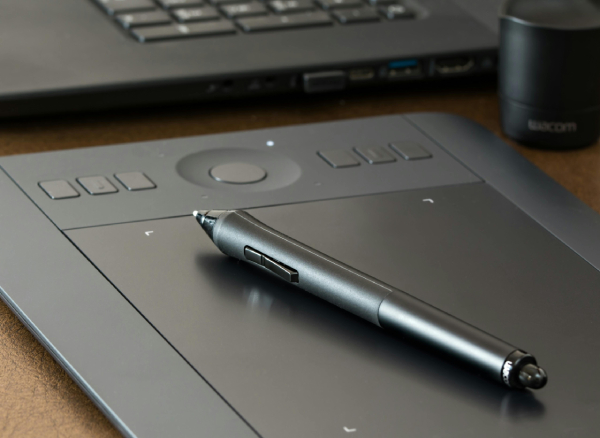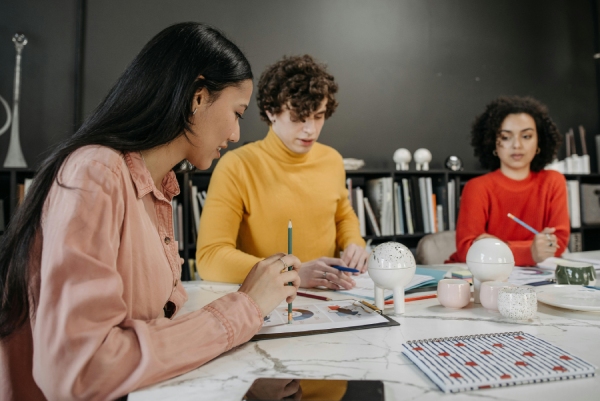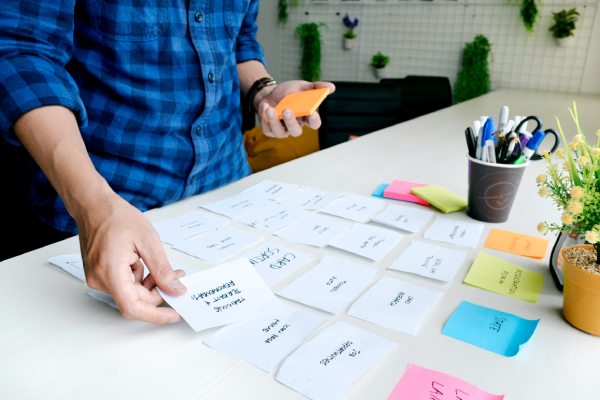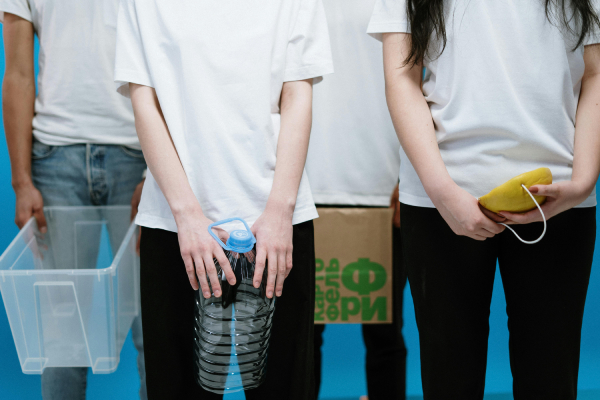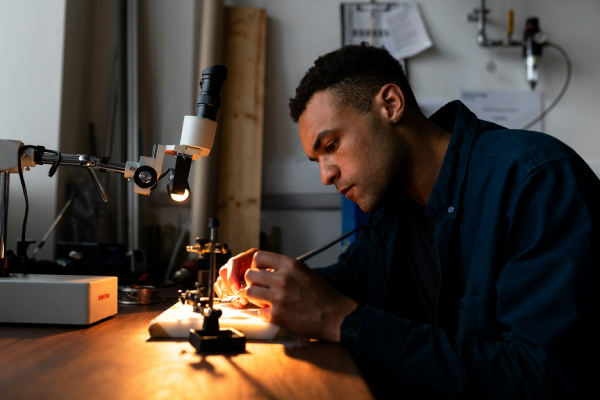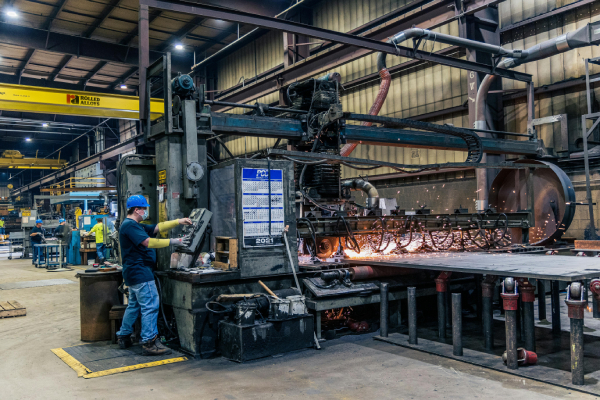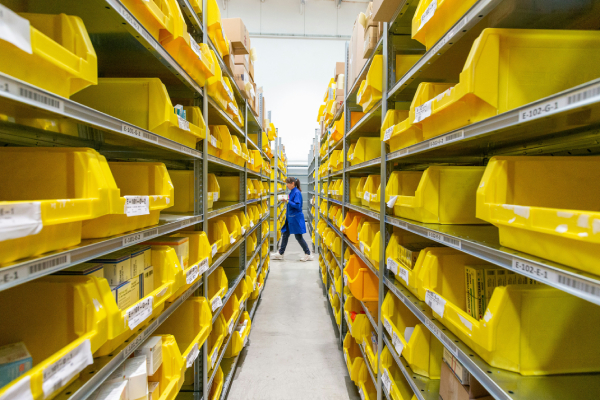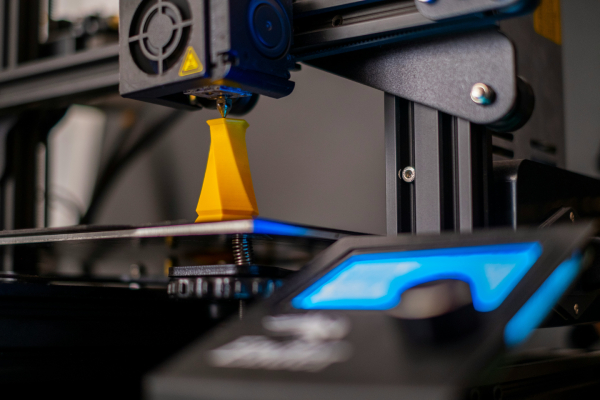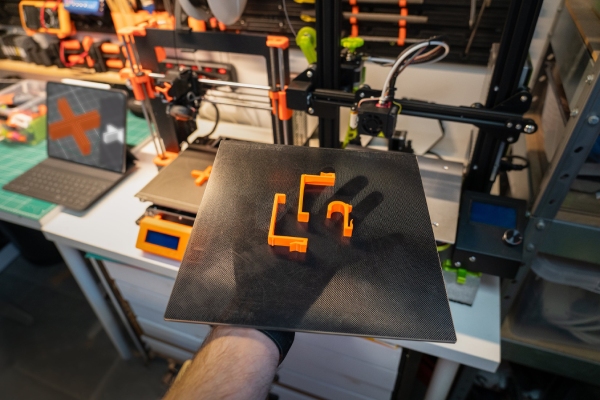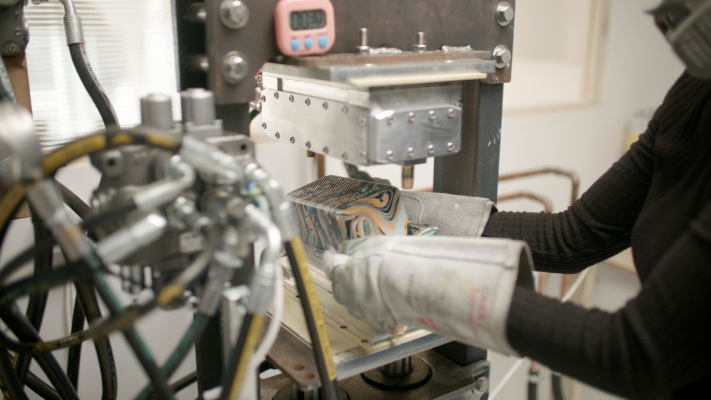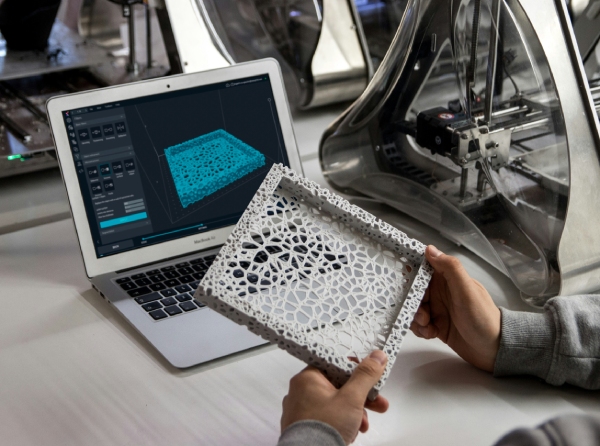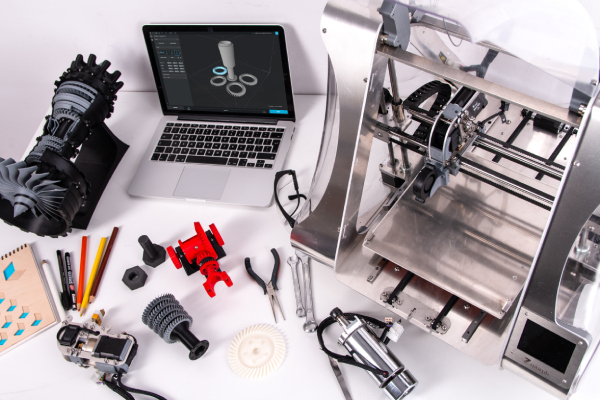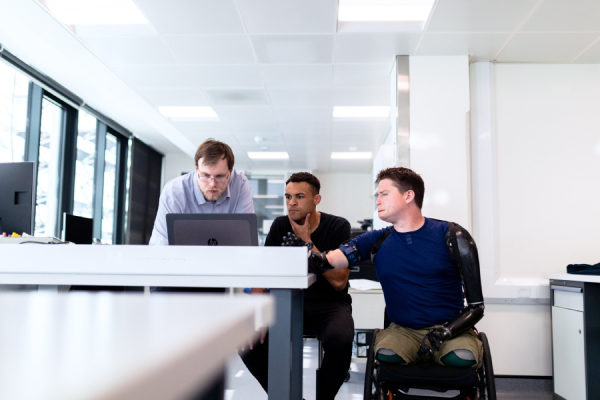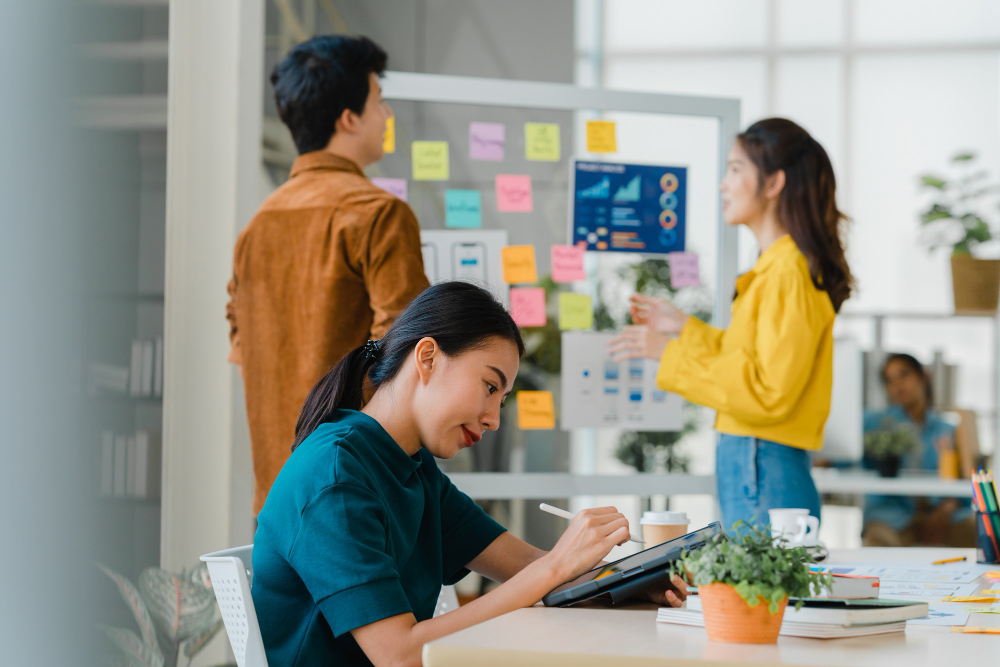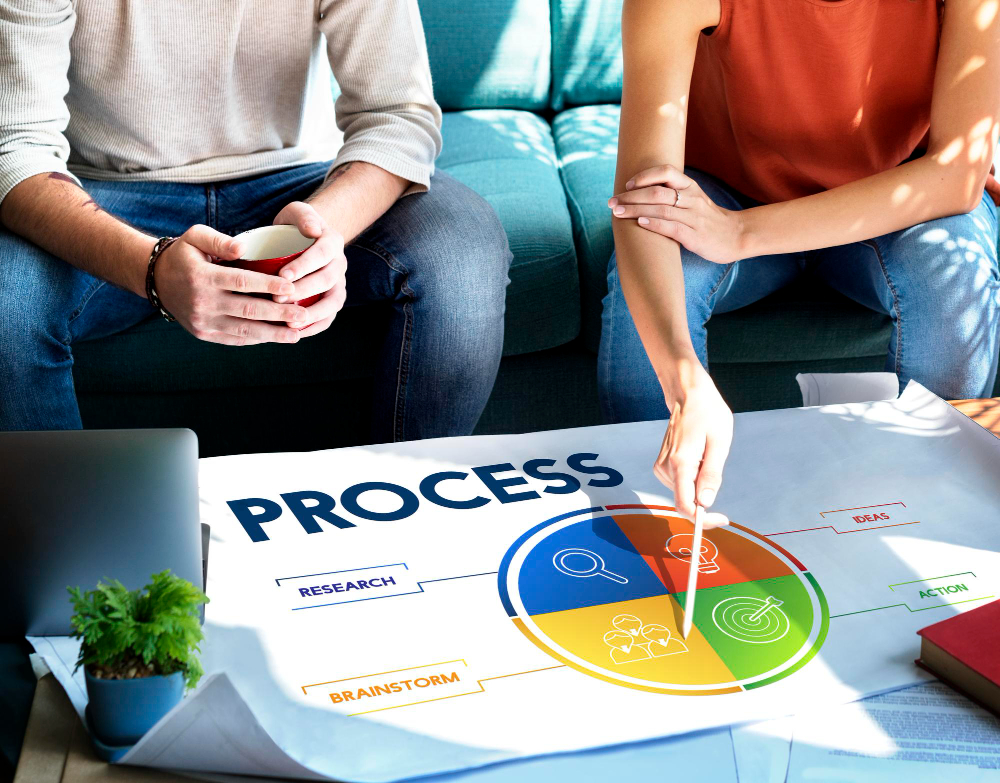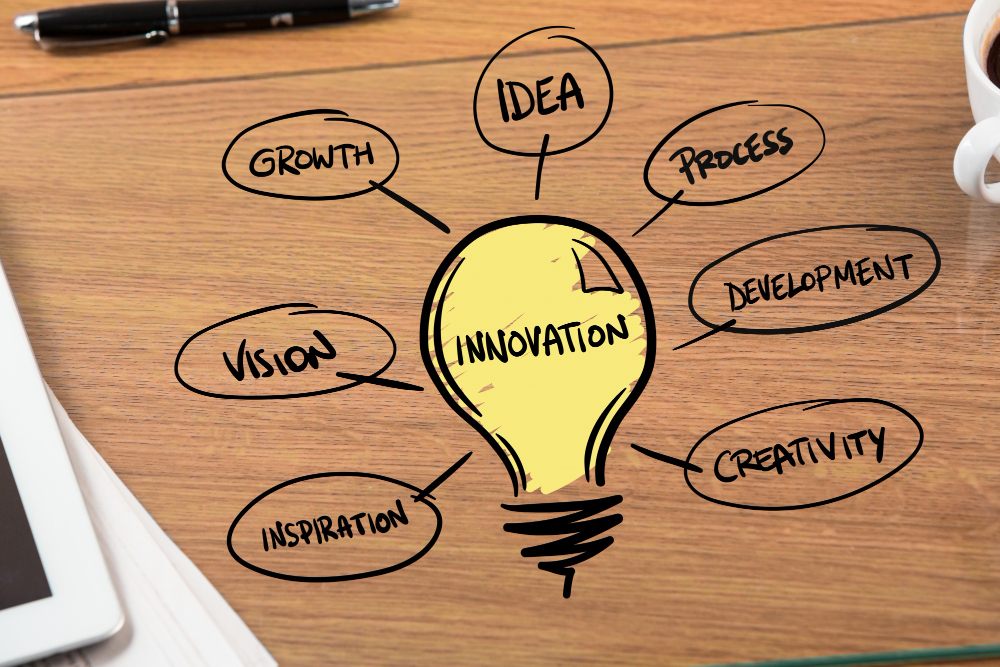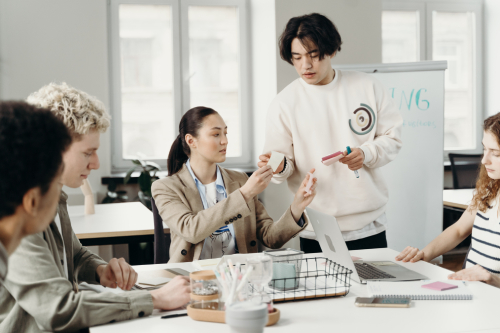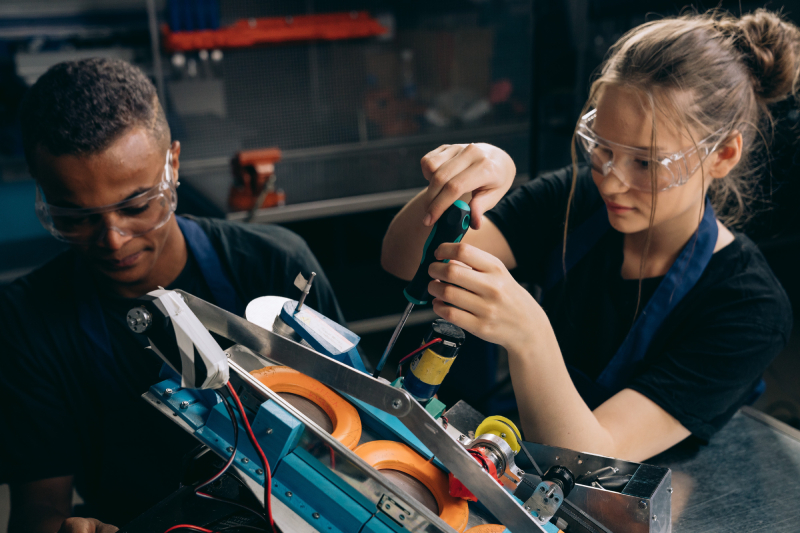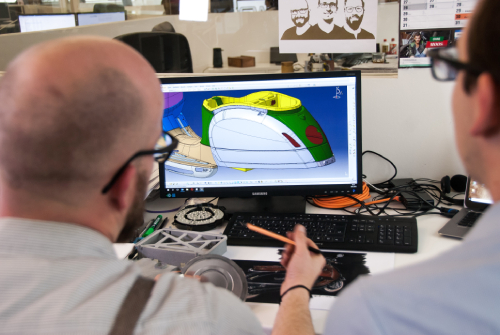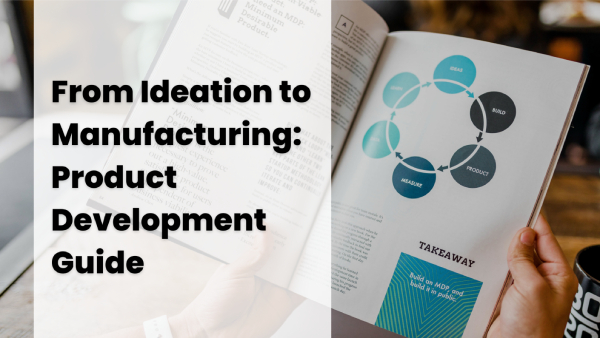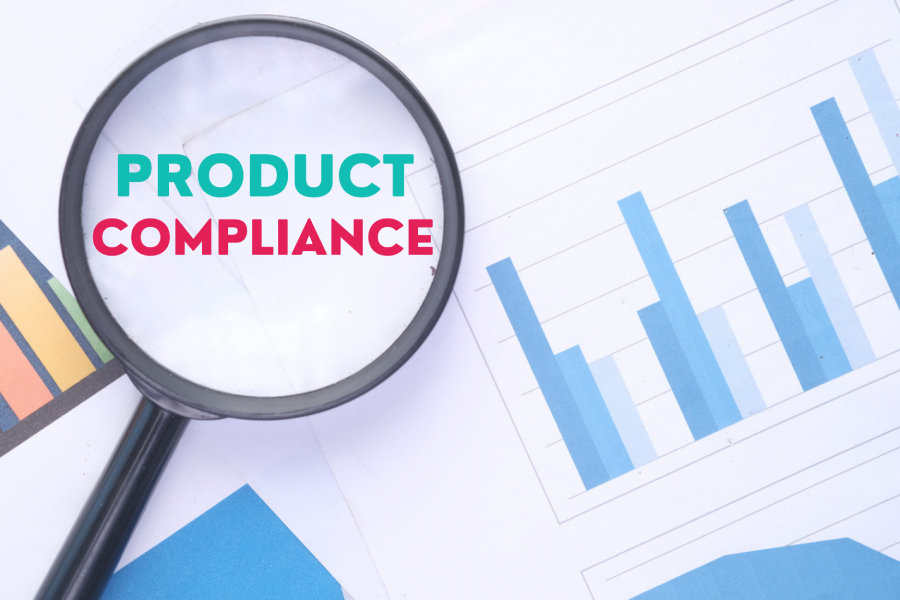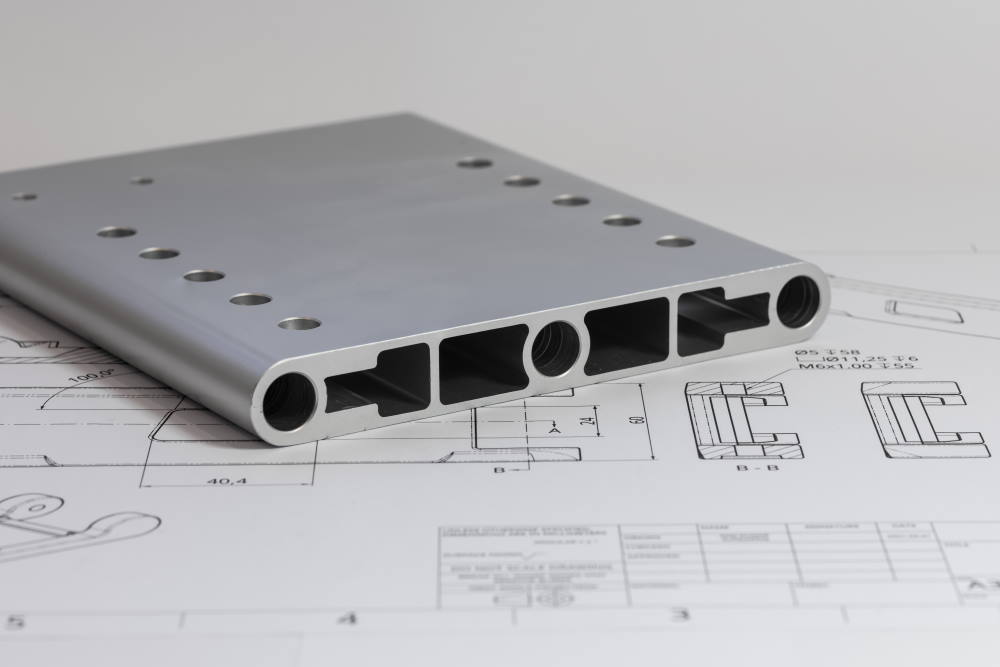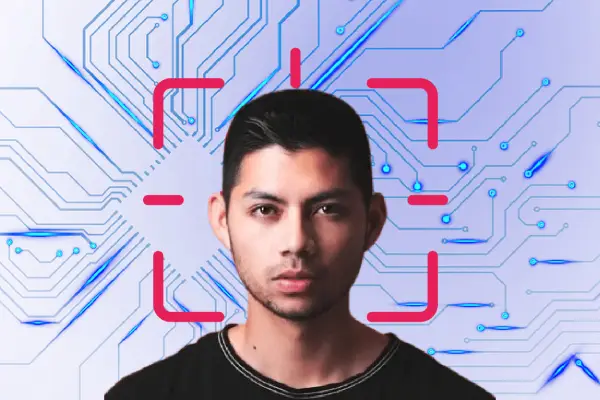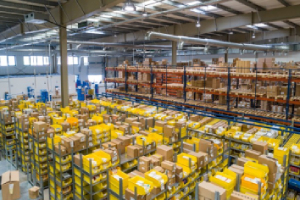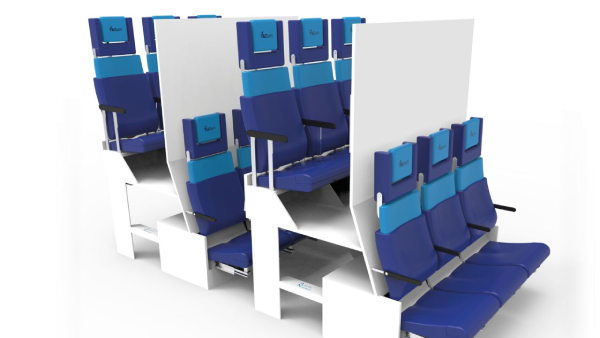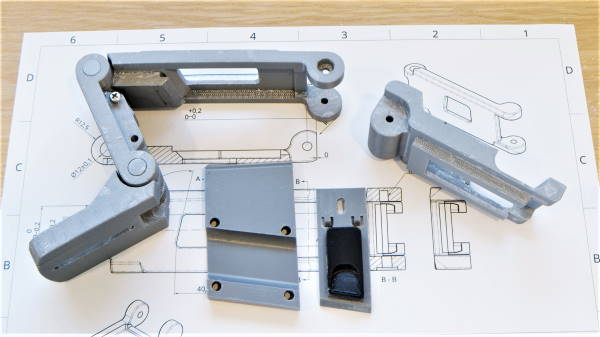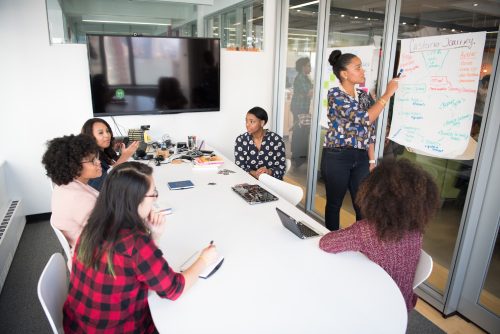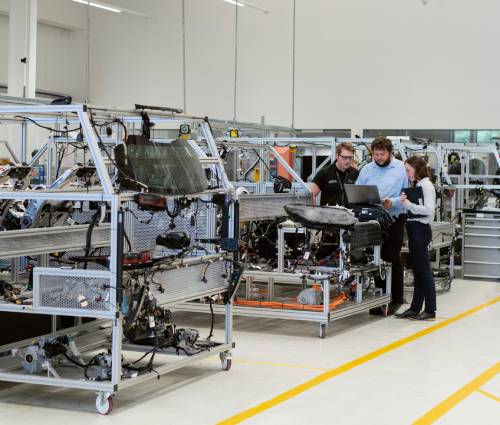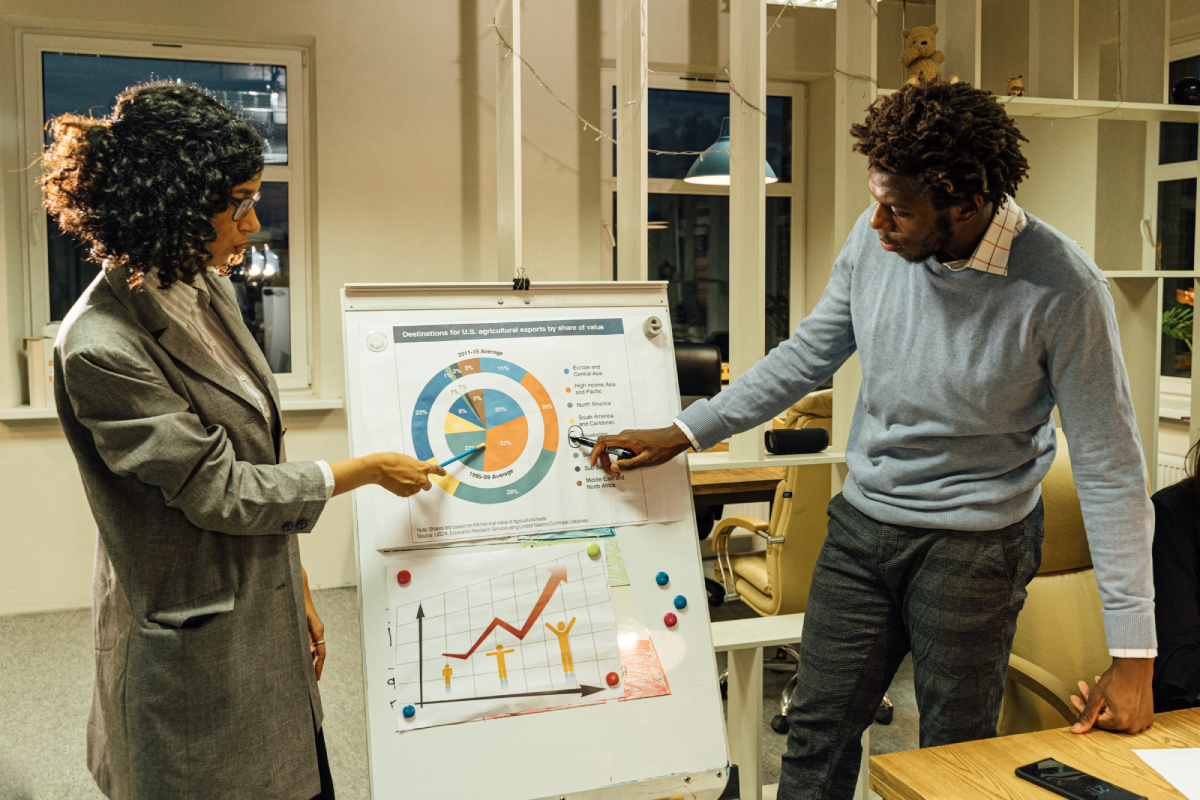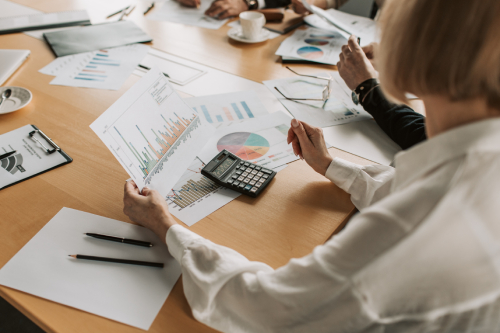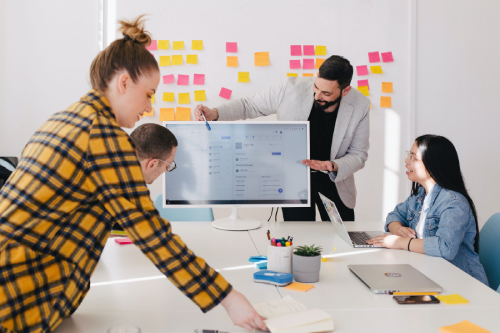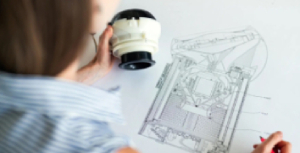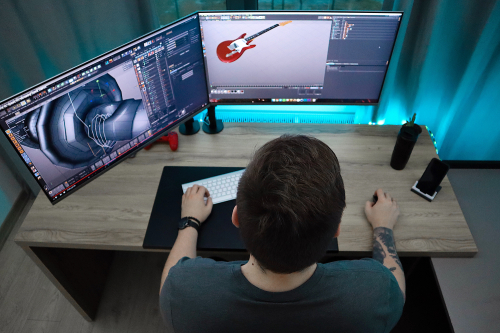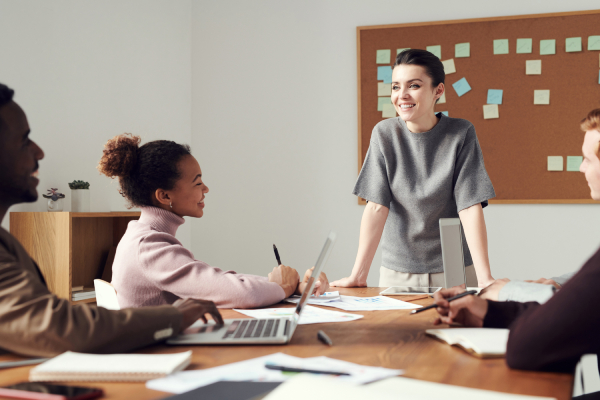Industrial design is a field of design that involves creating and developing products that are not only functional but also aesthetically pleasing, safe, and user-friendly.
Industrial design is a multidisciplinary field that involves collaboration with engineers, marketers, and manufacturers to ensure that the final product meets the needs of both the user and the business. The goal of industrial design is to create products that function well and enhance users' quality of life.
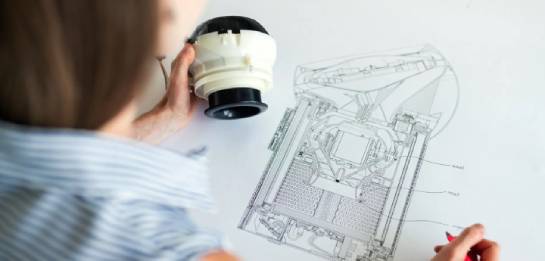
What is an Industrial Designer?
Industrial designers are responsible for creating and developing products that are not only functional but also aesthetically pleasing, safe, and user-friendly. They use their knowledge of art, science, and technology to design products that meet the needs of users and businesses.
In their designs, industrial designers consider various factors such as ergonomics, usability, sustainability, and cost-effectiveness. They work closely with engineers, marketers, and manufacturers to ensure that the final product meets the needs of both the user and the business.
5 Things to Expect When Working with an Industrial Designer
1. The Initial Consultation
The initial consultation with an industrial designer is essential in product development. It allows the designer to understand the client's needs and goals for the product, enabling the client to ask questions and learn about the designer's process.
Importance and Benefits
- It helps the designer understand the client's needs, goals, and expectations for the product.
- It allows the designer to explain their process and approach to product design.
- The client can ask questions and learn more about the designer's experience and expertise.
- It sets the foundation for a successful collaboration between the client and the designer.
What To Expect
- The designer will likely ask questions about the client's business, target audience, and goals for the product.
- The designer may ask about the client's brand identity, existing products, and competitors.
- The designer may provide examples of their past work and explain their design process.
- The client may be asked to provide a brief or outline of the product they want to develop.
- The consultation may include a discussion of the project timeline and budget.
Check this related article out: A Complete Guide to Industrial Design Storyboard
2. The Design Process
A design process is a systematic approach to creating a product that meets the needs of the user and the business. It involves several stages, each with its own unique set of goals and objectives.
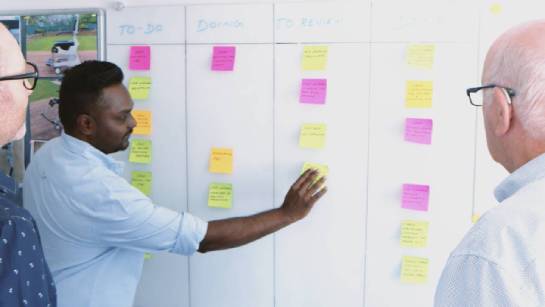
Key Stages of the Design Process
1. Research
During the research stage, the designer will conduct market research, analyse user needs and preferences, and identify key competitors. This information informs the design process and ensures that the final product meets the user's needs.
2. Ideation
The designer will generate and explore different design options during the ideation stage. This can involve sketching, brainstorming, and creating mockups to explore other design options.
3. Concept Development
During the concept development stage, the designer will refine the best ideas generated in the ideation stage into viable concepts. This may involve creating detailed drawings, digital models, or physical prototypes to test the feasibility of the design.
4. Design Development
During the design development stage, the designer will finalise the product's design, including its shape, colour, texture, and materials. They may work closely with engineers and manufacturers to ensure that the invention can be produced at scale.
5. Production
During production, the designer will work closely with the manufacturer to ensure that the final product meets the design specifications. The designer may work closely with the manufacturer to ensure the final product meets the design specifications.
The length of each stage can vary depending on the project's scope, the product's complexity, and the resources available.
3. Collaboration and Communication
Collaboration and communication between the designer and the client are essential for successful product development. Effective collaboration ensures the designer creates a product that meets the client's needs and expectations while staying within the project timeline and budget.
Importance and Benefits
- It ensures that the product meets the client's needs and goals.
- It helps the designer understand the client's vision for the product.
- It allows the client to provide feedback and adjust throughout the design process.
- It builds trust and establishes a strong working relationship between the client and the designer.
- It ensures the project stays on track and within the timeline and budget.
Best Practices
- Establish clear communication channels at the beginning of the project, such as email, phone, or project management software.
- Set up regular check-ins to ensure that both parties are on the same page and any issues are addressed promptly.
- Be responsive and timely in communication.
- Ask clarifying questions and seek clarification when necessary.
- Use visual aids such as sketches or renderings to aid communication.
- Document decisions and agreements made during communication.
Providing Constructive Feedback
- Focus on specific aspects of the design and provide clear and actionable feedback.
- Use descriptive language to explain what you like or dislike about the design.
- Avoid personal attacks or criticism of the designer.
- Offer suggestions for improvement or alternative approaches.
- Be open to the designer's feedback and input in response to your feedback.
- Remember that constructive feedback is intended to improve the design and move the project forward.
4. Design Presentation
Once the industrial designer has completed the design process, they will present their final design to the client. The design presentation allows the client to see the final product design and provide feedback before the product moves into production.
What To Expect
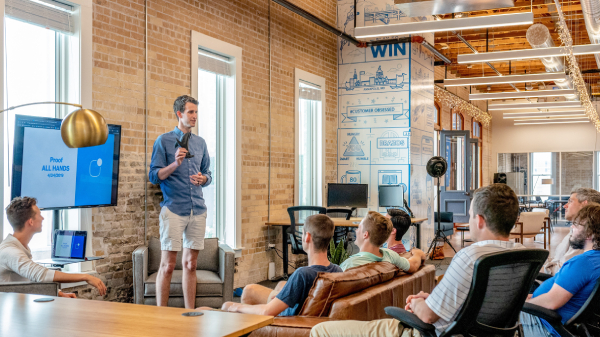
- The designer will present the final product design, including sketches, renderings, and prototypes.
- The designer will explain their design decisions and how they meet the client's goals and requirements.
- The designer may provide options for different materials or colours for the product.
- The client can ask questions and provide feedback on the design.
You may also want to read this related article: Designing for Emotional Connection: How to Create Products That Resonate
Feedback and Revisions
Once the client has provided feedback, the designer will revise the design based on the feedback received. The revision process may involve additional meetings between the designer and the client to review the changes and ensure that the design meets the client's needs and expectations.
- Focus on specific aspects of the design and provide clear and actionable feedback.
- Use descriptive language to explain what you like or dislike about the design.
- Avoid personal attacks or criticism of the designer.
- Offer suggestions for improvement or alternative approaches.
- Be open to the designer's feedback and input in response to your feedback.
- Prioritise feedback based on importance and feasibility.
- Be prepared to make trade-offs and compromises if necessary.
- Discuss the timeline and budget for making revisions.
5. Final Product Design
Once the revisions have been made and the design meets the client's requirements, the final design stage begins. This stage involves finalising the design and preparing it for production.
What To Expect
- The designer will create detailed drawings and specifications for the product design.
- The designer may create a final prototype or model of the product.
- The designer will work with manufacturers to ensure the design can be produced efficiently and within budget.
- The designer will provide the client with a final cost estimate for the product.
Final Design Approval
Once the final design has been approved, the product moves into the production stage. It's important to note that any changes requested after the final design has been approved may result in additional costs and delays.
- Review the final design specifications and drawings to ensure they meet your requirements.
- Confirm that the final cost estimate is within your budget.
- If necessary, request any final changes or adjustments to the design.
- Sign off on the final design and provide written approval to the designer.
Reap the Benefits of Working with an Industrial Designer

Industrial designers play a crucial role in product development because they bridge the gap between the user and the product.
They are responsible for ensuring that the product works well and is appealing and easy to use. They consider the user's needs and preferences in their designs, which can lead to increased sales and customer satisfaction. By creating unique and innovative designs, industrial designers can also help businesses differentiate their products from competitors.
Industrial designers have a unique skill set that combines creativity, technical knowledge, and business acumen to create aesthetically pleasing and functional products.
Whether you're developing a new product from scratch or redesigning an existing one, an industrial designer can help you navigate the complex process of product development and ensure that your product meets your goals and requirements.
Pro-Dev: Your Team of Expert Industrial Designers
Pro-Dev is an industrial design company based in New Zealand and specialises in providing innovative and practical design solutions to businesses across various industries. With a focus on client collaboration and communication, we work closely with our clients to understand their needs and develop custom product designs that meet their specific goals and requirements.
Our team of industrial designers has extensive experience in designing products for manufacturing, ensuring that designs are not only aesthetically pleasing but also cost-effective and efficient to produce. We use the latest software and prototyping technologies to create high-quality designs that can be easily visualised and refined throughout the design process.
At our core, we value creativity, sustainability, and functionality in design. Good design should look great and improve people's lives and the world we live in. With this in mind, we strive to create designs that meet our client's needs and positively impact society and the environment.
Whether a small start-up or a large corporation, our industrial design team can help you bring your product ideas to life. Give us a call today.
